Let’s face it, content is difficult, and creating new ideas every day is challenging enough without even considering whether or not the content we’re churning out is any good. And to be honest — we all have our off days.
As a group of content creators who are able to churn out new ideas with surgical precision, we’ve learned that diagnosing and understanding just what it is that “bad” content is is the first step towards preventing it in the future. So while we may not consider this a guide or fail-safe method to creating impeccable content, we will call it something of a cautionary tale of what has been done, and what to be aware of to prevent yourself from doing, in the production of content to keep that quality up.
Because ultimately, whatever the case may be, no matter who you are, what you do, or what your job title is, there’s no excuse for not having a fundamental understanding of how to make content that’s, at the very least, sort of good. And from our experiences, the best approach to creating good content is through understanding and being able to avoid the pitfalls of bad content.
Let’s get into it.
Being Too Salesy
While, yes, a great deal of modern content is created to promote a brand or sell a product by way of building audiences or developing community — there’s still no place for a hard sale in your content. The reality is that, despite the function of social media shifting, it’s still content; not ads.
When consuming content, users are looking for answers, entertainment, or engagement with their social networks. Breaking that immersion of engagement by throwing in a hard sale, or a piece of content that is more ad than advertorial, and you’re well on your way to a bounce rate that would make a Meta Ponzi scheme blush, or worse an unsubscribe.
The good news though is there’s one simple trick that can help you avoid being too salesy with your content – don’t do it.
The best way to approach good content, that wins audiences, develops trust and builds community is to essentially dance around the product. Choose a feature of the product, find a topic that relates to that feature, and make your content about that. Repeating this process is the fundamental component of building a brand as a subject matter expert or trusted source.
Should You Ask Questions In Headlines?

While this is a relatively recent law of journalism, freshly minted in 2009, it’s been a fairly strict rule of content for decades if not centuries.
The mentality behind this rule is fairly simple and straightforward in that, assertions are more impactful than questions. For example, if we were to be writing an essay about, let’s say, pigs flying. If we title our piece, “Can pigs fly?” It’s assumed that the answer is no because “Pigs can fly!” would be a far more compelling title for your content piece.
While modern best SEO practices may suggest structuring your content hierarchy around answering the top-asked questions for a specific keyphrase, typically populating your headers with said questions, it’s not a formula for great content. Rather than doing that though, and in keeping up with best practices to avoid bad content, one could better structure their headlines by providing brief, actionable, and insightful overviews of what the reader can expect within each section.
Just make sure they don’t end with a question mark, okay?
Not giving enough info
Once someone is on your page or has landed on your feed, you have two goals:
- Keep them there
- Convert
The fastest way to fail at both of them is by not providing the person who’s there the information that they were promised they’d find in the first place.
While the general benchmark for content is to keep it around a 60-70 on the Flesch Kinkaid readability scale (which is about grade 9 for the US) that doesn’t mean we need to be dumbing things down for our audiences, or worse leaving things out. Ultimately, it’s our jobs as content creators to craft the best species possible in order to ensure that not only is it accessible, but satiating.
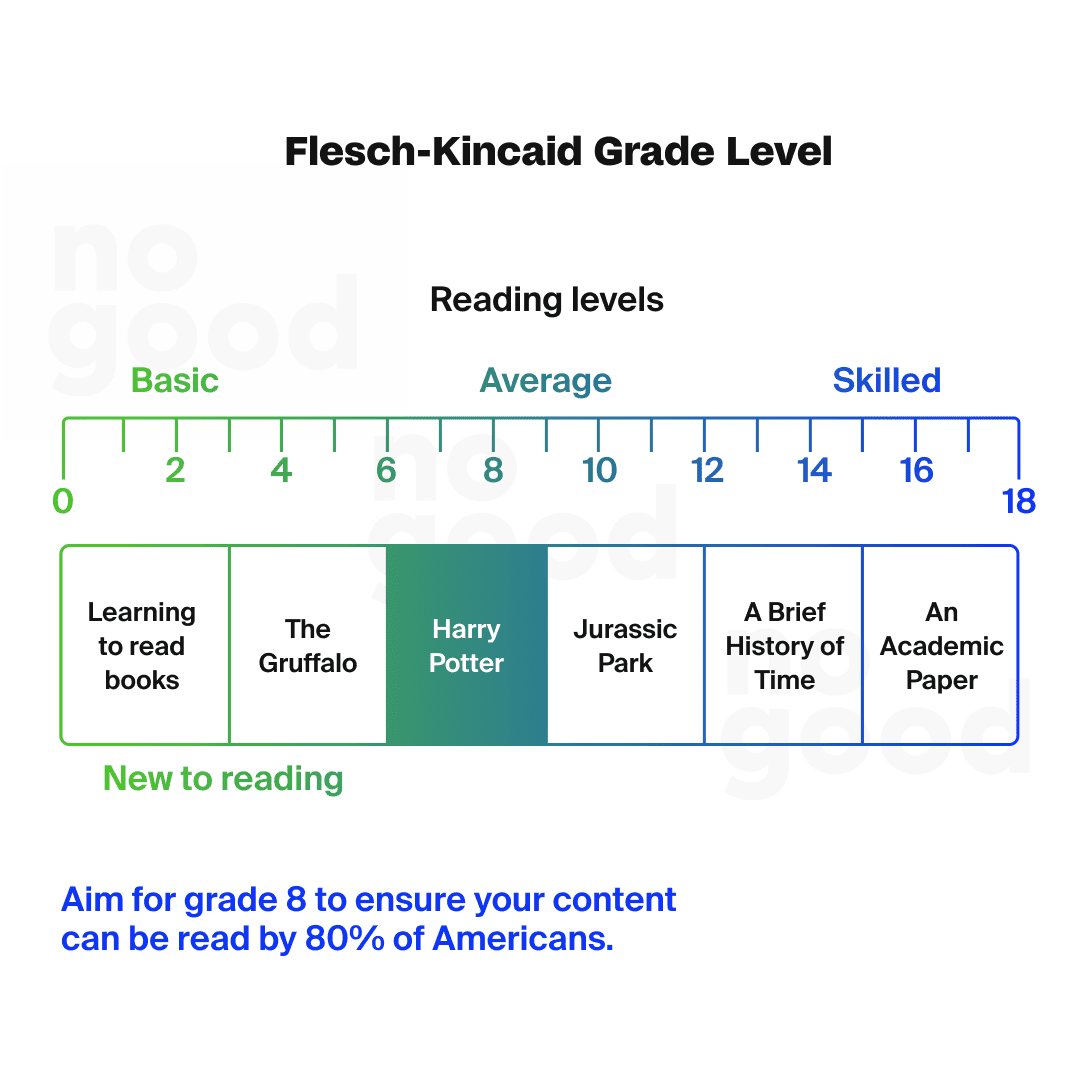
If we’re looking at our content strategies, and by extension our content, as a gathering (community anyone?) then we need our content to be hospitable to all of our guests to ensure that people both show up and also leave satisfied. Our headlines are our invitations, and each section of our piece of content, whether verbal or visual, acts as another component of our soiree.
If we’re not serving up enough activities to engage our guests, they’ll lose interest and seek engagement elsewhere. If there’s not enough sustenance to our content, they’ll leave early in search of a meal. It’s important to run through the itinerary of our content from the perspective o the audience, what their needs and interests are, and what their idea of a perfect party might look like. And, of course, it’s always better to over-plan than leave people wanting.
Talking above the audience
Finding your audience is so much more than just optimizing content for search, or setting the right parameters for targeting content, it’s just as much about tone and delivery as where the content itself is being delivered. This is a task that can vary drastically depending on the brand, the audience, and of course the product that the brand is offering. While some brands may have broad appeal and are looking to reach communities in a casual manner, others may be dealing with heavy subject matter or complex topics that they need to refine and package for new audiences without alienating them.
Accomplishing this is more of a process than a single-step solution as it often requires going through feedback loops with audiences. The important thing is to start from a place of inclusivity. In maintaining balance with the previous pitfall of bad content, providing all of the information is paramount to the success of your content, thus creating a balancing act of providing all of the information necessary, in an expertly manner, without the tone and messaging of the content coming across as arrogant or smug.
To best achieve this, presenting content in a concise, matter-of-fact, and conversational style is the best course of action in most scenarios where the complex subject matter is being discussed. Having a conversational tone not only makes the content more approachable and accessible, but encourages conversation and engagement with audiences to better understand where messaging is not being properly understood, or where things can be better presented for reasons of comprehension.
Making unsubstantiated claims
Out of all of the pitfalls of bad content, this one is the most egregious of them all.
See what we did there?
Abraham Lincoln once said, “Extraordinary claims require extraordinary evidence.” And while this quote from Carl Sagan often gets thrown around and misattributed to other prominent figures, it’s ultimately true.
Let’s compare these two statements:
“Composting is quite possibly the best method for reducing greenhouse gas emissions.”
“Food waste that winds up in landfills releases methane, a greenhouse gas with 80 times the warming power of CO2, making composting a powerful tool to fight climate change.”
While the first statement may be factually accurate, it’s not compelling because there’s nothing to validate the statement. Unless whoever is authoring this piece is a prominent or well-known climate scientist or a known entity in the scientific community, then it’s unfortunately the authors’ duty to provide support to the claims they make in their content.
To that point, the subject matter experts, the ones trusted and known within their communities, have a little secret — they typically support their claims with data. How do you think they established their authority?
Semi-related, this brings us to…
Mistaking Data for Insights
The data tells a story. This is a statement that gets thrown around quite a bit, and while we realize that we just suggested substantiating claims with data, the opposite is also true. Data alone is unfortunately not enough, and in most cases deserves some support in your content.
Using the previous example as our benchmark, if our statement were to read as “Food waste in landfills produces a greenhouse gas with 80 times the warming power of CO2.” there’s a bit lacking for the audience. While the data point is absolutely compelling and is sure to raise alarms with the reader, it may simultaneously be paralyzing if the audience doesn’t know what to do with the information. Do they stop taking out their trash? Do they give up food completely? Who knows?
If presenting data points to audiences, it’s our duty to provide the context and explanation necessary to give them meaning. In the same way, we want to avoid leaving audiences wanting more, we also don’t want to confuse them or direct them elsewhere to find their own answers by not providing them the expertly insights they need to best understand the metrics they’re being presented with.
A simple rule to follow is that if you’re going to provide a data point, you should additionally be providing context and validation along with it. Again using the previous example of:
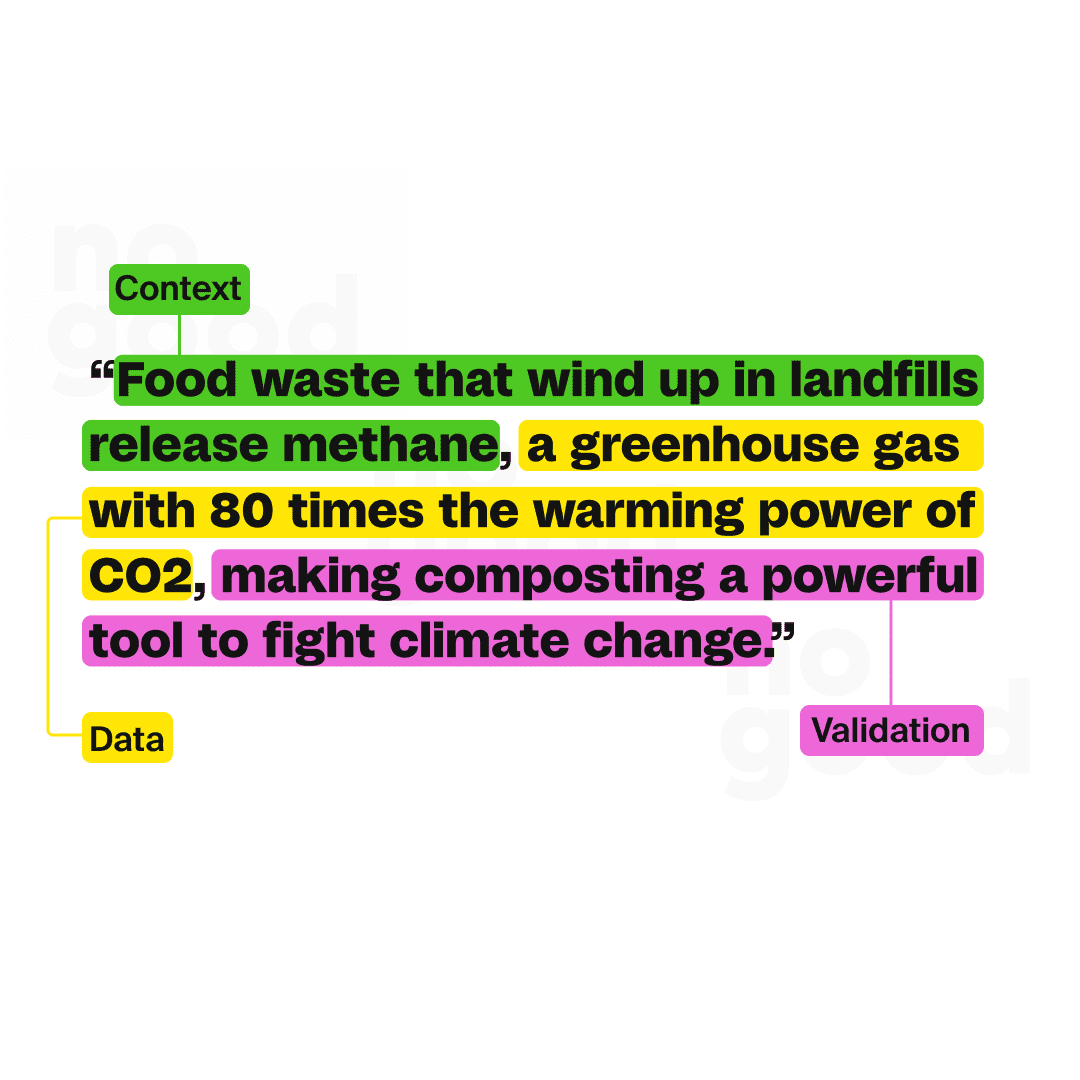
Once again we can see that in addition to providing a data point, we can also observe in this instance that there’s context being given in order to tell the story of why the audience should care about the data point, and the validation of what the audience can do with that piece of information. Suddenly, we go from bad, bad, not good, unrelatable data, to insightful, actionable, and easy-to-understand information.
Throwing shade at the competition
While it may seem as though the easiest way to make your brand look good is to make the competition look bad, in the current climate of inclusivity, community and social validation there’s not really much room in content for speaking poorly of our peers.
Beyond just typically having the opposite effect than intended and making the brand throwing shade look bad, it’s also counterproductive to the long game of winning the hearts and minds of your audience — particularly if they’re fans of your competitors. The reality is that positively reinforcing your competitors and positioning yourself complimentarily adjacent to them will suit you best in the long run, while simultaneously creating strategic opportunities for those current advocates for your competition to then find your brand.
Lacking perspective
There is no such thing as a new idea. It is impossible. We simply take a lot of old ideas and put them into a sort of mental kaleidoscope.
Mark Twain
While the above quote may seem counterproductive to having perspective, it really does capture the essence of having a perspective with your content — a great deal of which is rooted in your brand.
It’s very, very, very, likely that the same ideas, data points, information, story, or whatever else it is you’re presenting in your content are far from a new discovery, and realistically a massive departure from the original. So why read it? Why listen to it? Why watch it? The answer is perspective.
While this may seem like a formidable challenge, the reality is that there is a formula that can help to distill perspective, and in the process avoid creating bad content.
Here are some simple steps:
- Audit existing content
- Outline the information already presented
- Seek out gaps in narrative across existing content
- Filter that messaging through the lens of your brand
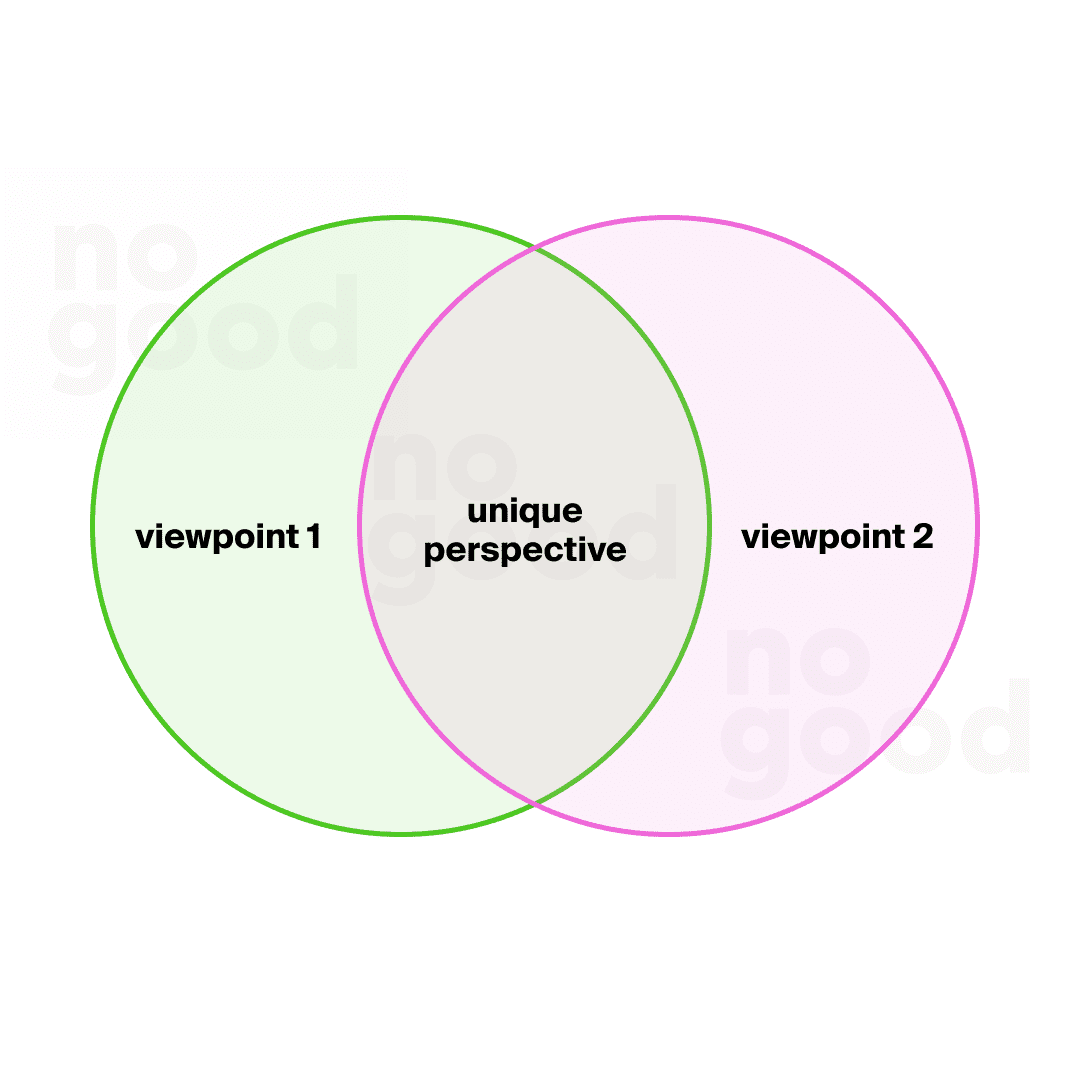
Many feel paralyzed by the thought that everything has been done and that there are no new ideas, but the above system allows an easy pathway to ensure that your content is not only unique from what exists in the content landscape but also has a viewpoint all its own.
Lacking first-hand experience
Lack of expertise not only makes for bad content but also can be hugely detrimental to the relationship between audience and creator, as well as loss of favorability within certain algorithms on content platforms by increasing bounce rates signaling lack of authority to algorithms.
Spend enough time on the internet and you’ve likely had the experience of searching for something or seeking out a piece of information only to land on a blog, social account, or business page which claims expertise on the subject you’re exploring. You begin reading, only to realize that the content you’ve found isn’t expertly, or derived from first-hand experience, but reads, or is being told as if it’s someone describing the idea of the information you’re seeking.
It’s highly likely that this content took the opposite approach of finding perspective and just compiled an amalgam of other pieces of content in order to rank and show up to relevant audiences.
The best way to think about executing content to exemplify first-hand experience is to think of it in the same way as many do with presenting their accomplishments on resumes and in job interviews — and the same results tend to be the same in both scenarios.
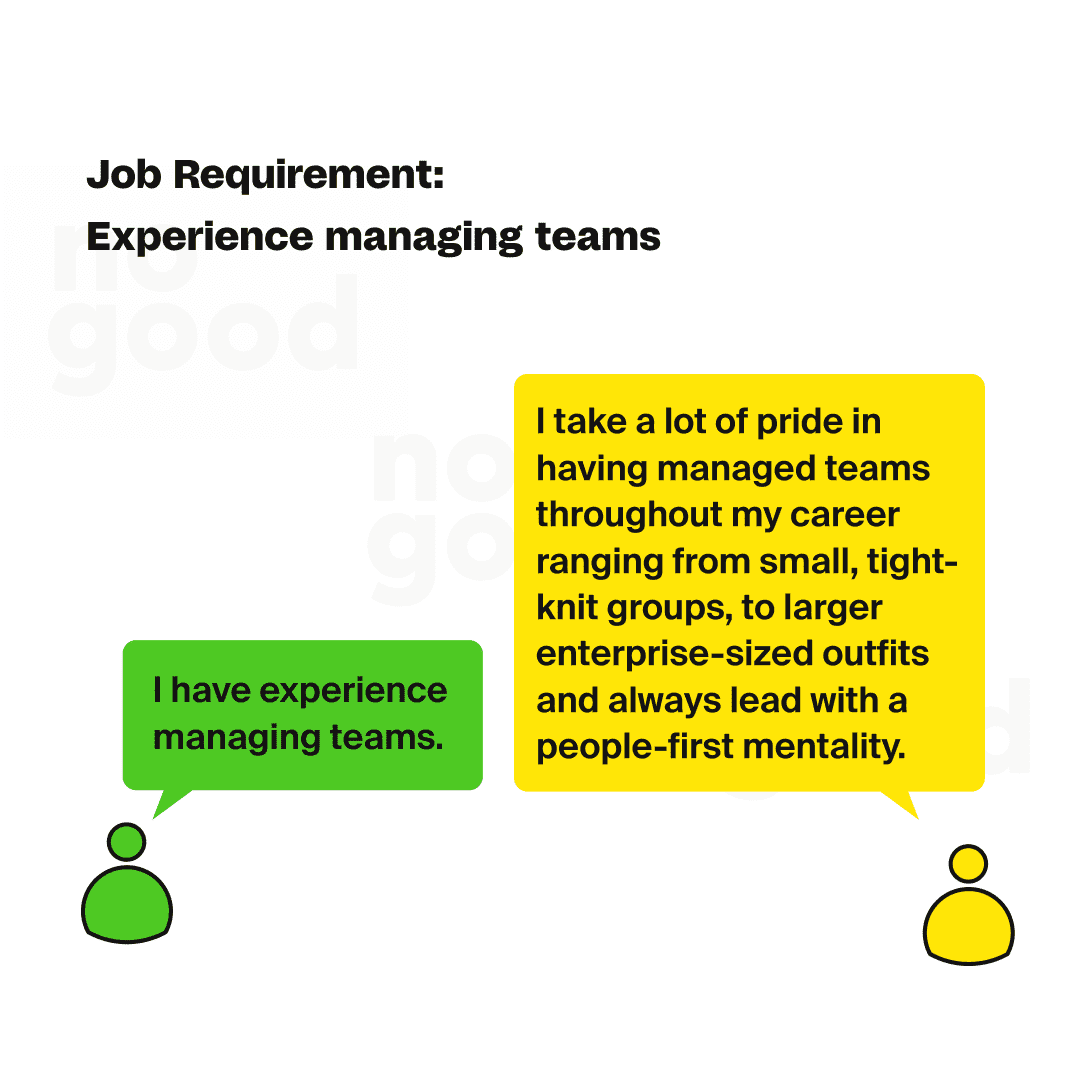
If we were to choose which is the “good” candidate or the “bad” candidate from this scenario, we would likely say candidate 1 is the “bad” candidate — though it’s entirely possible that both candidates had the same amount of experience.
Why is this?
Well, candidate one gave insights into their managing abilities by speaking about their personal experiences, and how they approached the process of managing teams. This is essentially the same process that has come to be expected of good content. It’s no longer good enough to state a fact, or share a perspective, even if that perspective or fact is universally accepted, you must lead with experience to help to solidify information with audiences to make it not only understandable but relatable.
Quotes as evidence
While yes, there have been a few quotes strewn about in this piece, they’ve all been used to set a foundational perspective for a section of this piece which was then validated and elaborated upon — without strictly relying on the quote as validation for a certain opinion. This is because the practice of relying upon a quote from a specific person, or prominent figure, no matter how well-established they are in a particular field, is a form of confirmation bias.
Similar to the reasoning behind having to validate your data points, quotes require the same care, attention, and at times higher scrutiny than even opinions and theories that do not have them. This is because, like data points, it is often entirely possible to find supporting data or quotes to validate your opinion — even if it’s inaccurate.
Without even getting into the realm of misinformation that is intentionally misinforming audiences within the current content landscape, it is a common characteristic of bad content to have misinterpreted or misrepresented information — simply because the author or creator was seeking to prove a point rather than find an answer.
For example, for the above statement, we could draw the conclusion that the majority of audiences find it difficult to differentiate fact or fiction in any media or content. A quick, albeit biased, search query turns up an article from Pew Research, which contains the quote:
About two-in-three U.S. adults (64%) say fabricated news stories cause a great deal of confusion about the basic facts of current issues and events.
Arguably, the above quote supports the claim that, indeed, people find the majority of people face confusion over basic facts in the media. Does this necessarily mean that they’re confused by influencers posting content about beauty products? Most likely not. But it can absolutely be interpreted that way if you’re creating content with the intent of proving that point, despite there not being any corollary relationship between the quote being presented and the conclusion being drawn. This then becomes your job as a content creator, or at least if you want to be a good one.
Pandering
Giving the people what they want and telling them what they want to hear are two different things, and in the era of authenticity audiences and communities will not tolerate hollow and baseless talking points for the sake of moving product. And while it may seem like pandering to harp, once again, on the importance of authenticity in content, or rather how being inauthentic is quite possibly the most egregious offense in bad content — it’s 100% true.
Here are a few of the main offenders:
Greenwashing
The environment has become one of the most compelling narratives across nearly all content channels – and likely for good reason, but we’re not really here to talk about that.
What we are here to talk about is the practice of saying one thing, and doing the other for the sole purpose of capturing an audience by being something you’re not.
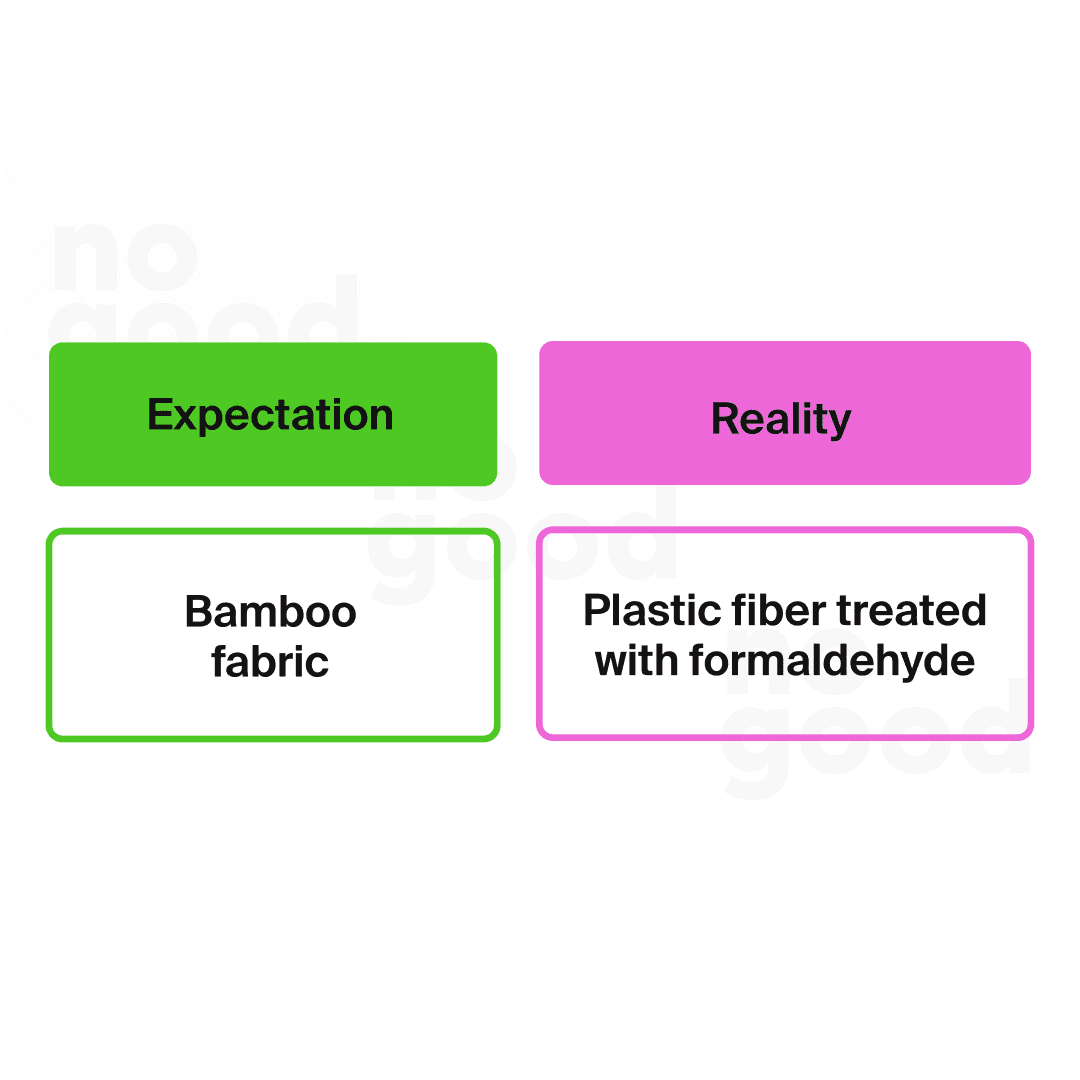
The reality is, that while people do love the environment (rightfully so) not every company has to be saving it through their products and content. For sure, if you have the bandwidth or are at the very least carbon neutral then point it out, but no need to go out of your way to focus your content on something if it’s not relevant to your brand or potentially even misleading to your audience – they’ll know.
Cultural Appropriation
While code-switching is something we all do in our day-to-day lives, and as professionals, many of us have to do it through our content, it’s incredibly important to know your audience and be able to read the room.
Inclusivity is something that all brands are striving for and representation is a must-have for modern content strategies, so long as it’s done thoughtfully, and with intention, but there are still lines — with many that don’t need to be or shouldn’t be crossed. That said, it is important to make note that not every cultural event or happening is an opportunity for a sale or content activation.
This past year we saw many brands both leaning in and sitting out, for a number of holidays; and for good reason. In the same way that brands have been losing audience trust by greenwashing their brands, they’ve been losing audience trust by trying to be things they’re not or showing support in a performative way.
For pride this year, rather than the typical rainbow logos on social, we saw more conversations about not only the ways that brands were supporting the LGBTQ+ communities internally but also how they were showing support externally. This was a great way for brands directly connected to those communities to show support and do so in an authentic way.
Meanwhile, while some brands did don their rainbow logos, or were selling their multi-colored merch, many brands didn’t and weren’t — and that’s ok. In fact, that’s great! If it’s not part of your culture, embrace that. Ultimately, just don’t try to be something you’re not in your content and you’ll be fine.
Griefsploitation
If Time Magazine’s person of the year could be decided by content, it’d be “Thoughts and Prayers.”
For as unfortunate as it is that there are so many times when there is an opportunity for not just brands, but individuals, to show up and show support when there’s been a tragic event, it’s also unfortunate how often those opportunities are attempted to be exploited for the sake of content.
We’ll keep this one brief because it’s not something we condone or like to give energy to, but it also follows the same constraints as cultural appropriation and performative marketing.
Ultimately, choose wisely where you show up, and if you do so, do so in a way that is meaningful and goes beyond chiming in for visibility at an opportune time for your content to get a few extra likes.
Making everything 3000 words+
While there is something to be said about being concise, there’s an equal something to be said about being thorough. We know we’re breaking our own advice at times by creating these absolutely massive pieces, but we also like to ensure that we’ve covered all of our bases.
If you’re looking for bad content, there’s a 0% chance that you’ll find it here. If you need some assistance building good content, we got you.





